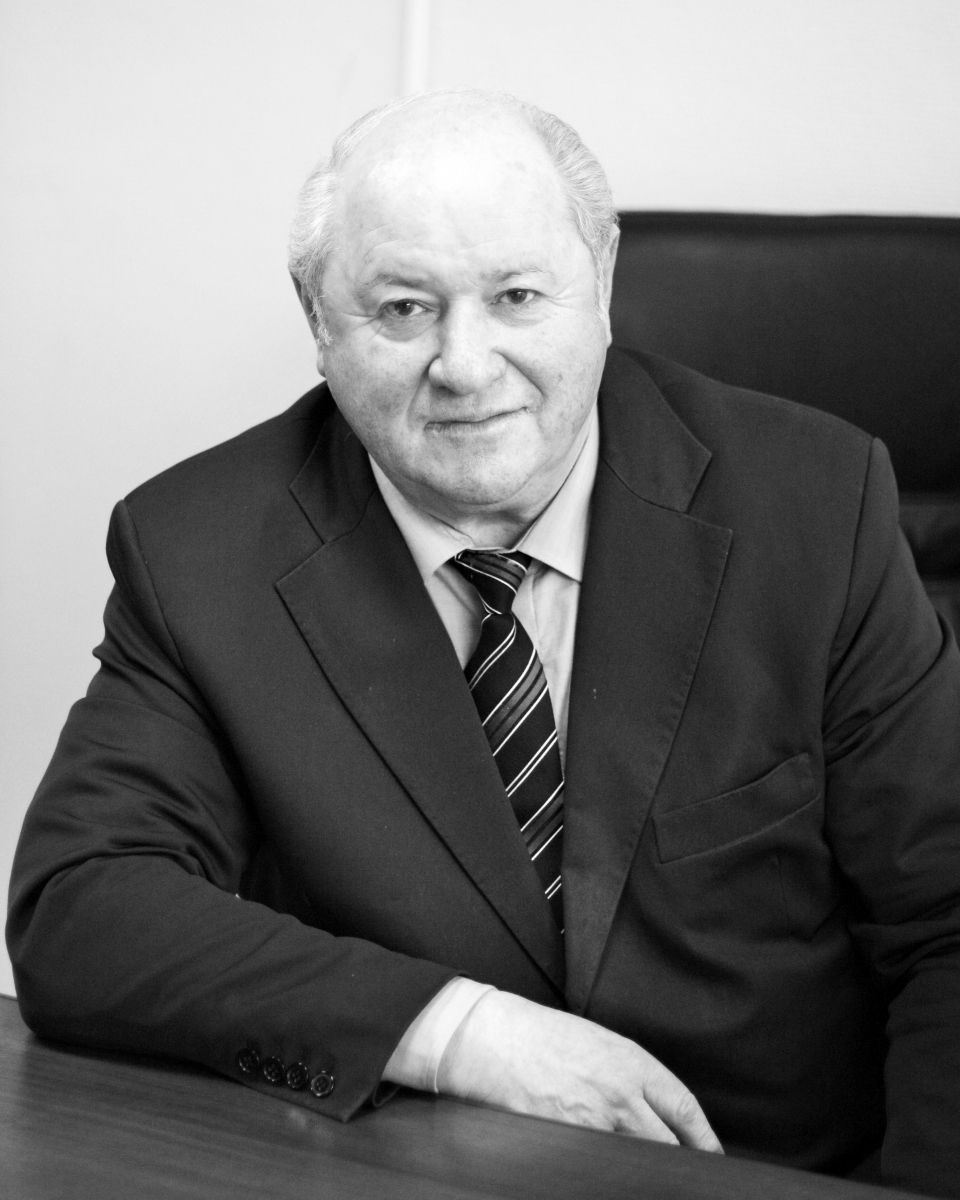NETWORK SYSTEMS CONTROL
 |
|
Vladimir M. Vishnevsky, Head of Laboratory No. 69 |
The Laboratory consists of 26 employees, including 7 Doctors and 4 Candidates of Sciences. The Head is Dr. Sci. (Eng.), Honored Worker of Science of the Russian Federation, Prof. Vladimir M. Vishnevsky.
The Laboratory’s main focus is theoretical foundations to design, control, and manage broadband networks for processing and broadcasting multimedia information (next-generation networks), including ultra-high-speed, self-organizing networks of centimeter- and millimeter-wave range (71–76 GHz, 81–86 GHz) and hybrid networks based on laser and radio technologies.
An important area of Laboratory’s work is developing a new generation of safety management systems for intelligent transport systems using RFID technologies and advanced wireless means. Laboratory’s employees are conducting theoretical and practical developments of tethered high-altitude, unmanned, and telecommunication platforms having no analogs in the world.
Laboratory’s research is supported by the Russian Science Foundation (RSF), the Ministry of Education and Science of the Russian Federation, the Russian Foundation for Basic Research (RFBR), the Foundation for Advanced Research (FAR), and several commercial contracts with telecommunications companies.
Within scientific and practical works on fifth-generation broadband wireless networks (5G), the Laboratory is actively cooperating with leading foreign research groups headed by Prof. S. Chakravarthy (Kettering University, the USA), Prof. D. Grace (the University of York, the UK), Prof. A. Krishnamoorthy (Cochin University of Science and Technology, India), Prof. B.J. Choi (Seoul University, the Republic of Korea), and other research groups from universities in Poland, Hungary, Bulgaria, Belarus, and Moldavia.
Over the recent decade, the Laboratory has performed more than 18 R & D projects under the grants of federal and branch scientific and technical programs, RSF and RFBR, Programs of the Russian Academy of Sciences, and commercial contracts.
Main results
The theory of dynamic control of stochastic polling systems was elaborated. Methods, algorithms, and software tools were developed based on this theory to minimize interference when transmitting information in regional wireless networks. A series of domestic radio and infrared modems were designed, surpassing known foreign analogs by several performance parameters.
An information and reference system (the Routes system) was developed for finding optimal intermodal passenger traffic routes (air, rail, bus, river, and sea transport). Tens of millions of passengers have addressed the services of this system. A contract was signed with Google for using the Routes system on the Google portal. Russian Railways (RZD) purchased a license to use the corresponding patent (An Information and Reference System for Finding Optimal Routes on Passenger Transport).
A cycle of research works on new-generation wireless networks was performed. The results were published in the monograph Entsiklopediya WiMAX. Put’ v 4G (Encyclopedia of WiMAX. The Way to 4G) by V.M. Vishnevsky, S.L. Portnoy, and I.V. Shakhnovich, Moscow: Tekhnosfera, 2011, 470 p. (In Russian.) In 2012, V. Vishnevsky and O. Semenova published the book Polling System: Theory and Applications for Broadband Wireless Networks, London: Academic Publishing, 2012, 317 p.
In 2012–2015, a broadband wireless network was developed and implemented along the district road of Kazan, the Volga Highway, by an order of the State Traffic Police of the Republic of Tatarstan. The technology and domestic hardware-software means of radio-frequency identification of vehicles were developed. With the support of the President of the Republic of Tatarstan, a successful large-scale experiment of the road safety system implementation using the developed RFID technology was held in Kazan. The experiment involved about 1000 vehicles with license plates equipped with RFID tags. In recent years, the Laboratory has developed theoretical foundations, designed, and implemented experimental prototypes of tethered high-altitude unmanned telecommunication platforms for civil and defense applications. The robotic complex developed in the Laboratory based on a tethered unmanned platform was demonstrated at the International Military-Technical Forum ARMY-2020.
The samples of new equipment and technologies developed in the Laboratory have repeatedly won awards at national and international exhibitions: CeBIT (Hannover, Germany), China Hi-Tech Fair (Shenzhen, China), ITEX’13 (Kuala Lumpur, Malaysia), and ARMY-2020 (Moscow, Russia) as part of the exposition of the Ministry of Education and Science of the Russian Federation (gold and silver medals); SofTool (the first place in the Product-of-the-Year competition of the best information technology solutions); and others. The American-Russian Business Union awarded gold medals to two innovative developments:
- the automated monitoring system for traffic rules violations based on broadband wireless networks and RFID technology (RF patent 992017);
- the information and reference system for finding the best routes of passenger transport (RF patent 90594).
Laboratory’s employees actively participate in scientific and organizational work, being members of the editorial boards of several domestic and foreign peer-reviewed journals and the program committees of international conferences. Also, they teach at the Moscow Institute of Physics and Technology, the Higher School of Economics, and the Peoples’ Friendship University of Russia. In 2021, Head of the Laboratory, Prof. V.M. Vishnevsky was elected Chair of the new Communications Society Chapter of the Institute of Electrical and Electronics Engineers (IEEE, the USA) within the IEEE Russia Section.
The Laboratory annually organizes the International Conference on Distributed Computer and Communication Networks: Control, Computation, Communications (DCCN). Despite pandemic limitations, DCCN-2021 (Moscow, September 2021) received 150 papers from 240 participants from 26 countries.
Over the last decade, Laboratory’s employees published more than 400 scientific works, including 14 monographs and 25 patents for inventions and certificates about state registration of computer programs. The latest scientific results of the Laboratory were reflected in the monograph The Theory of Queuing Systems with Correlated Flows, by A.N. Dudin, V.I. Klimenov, and V.M. Vishnevsky, Cham: Springer, 2020, p. 410.
